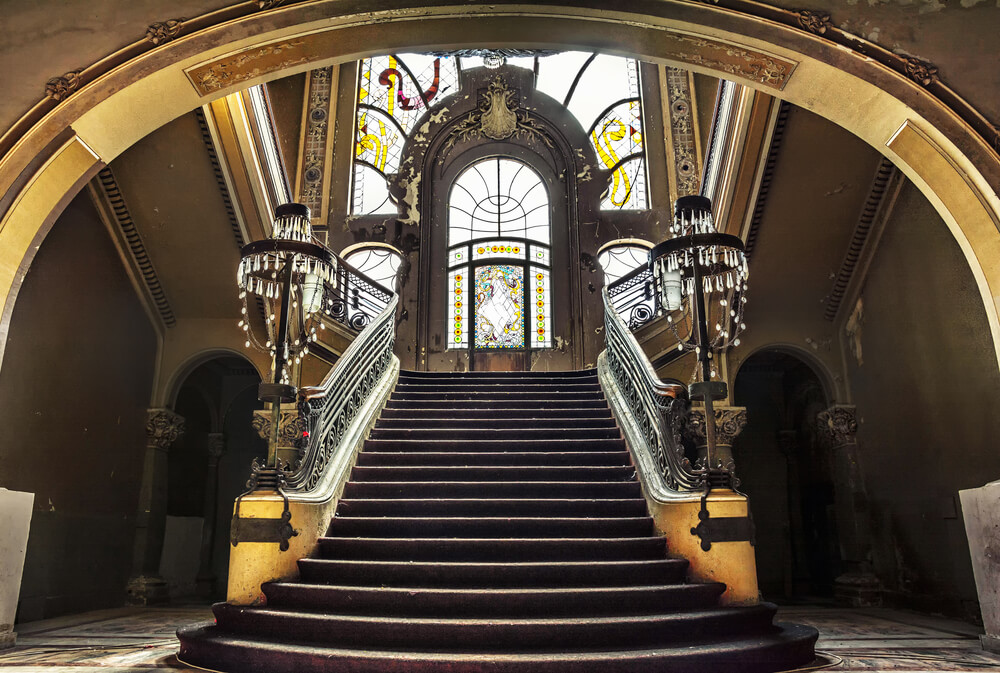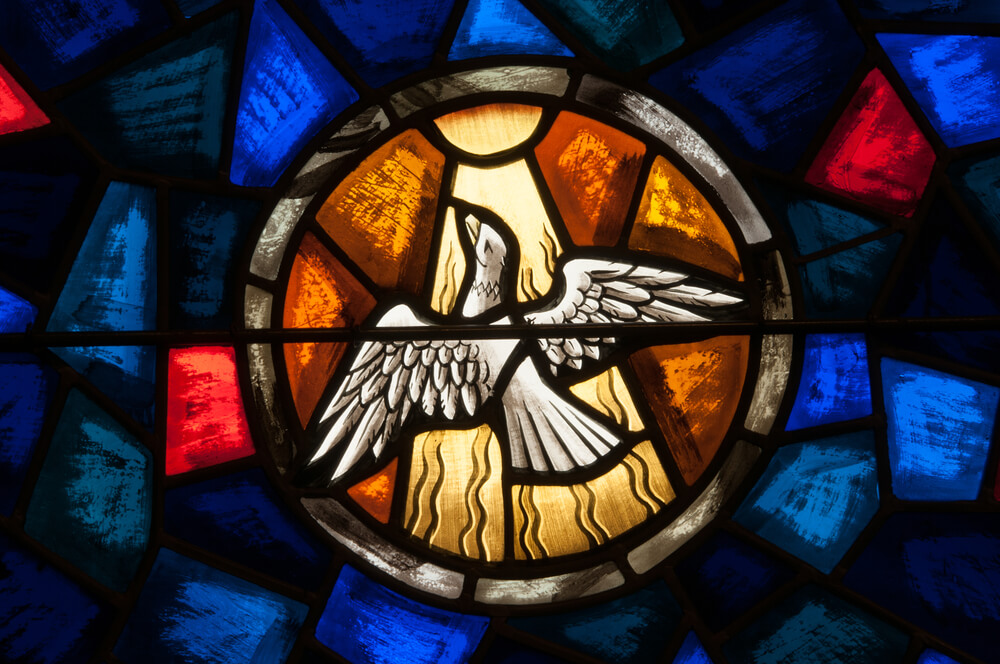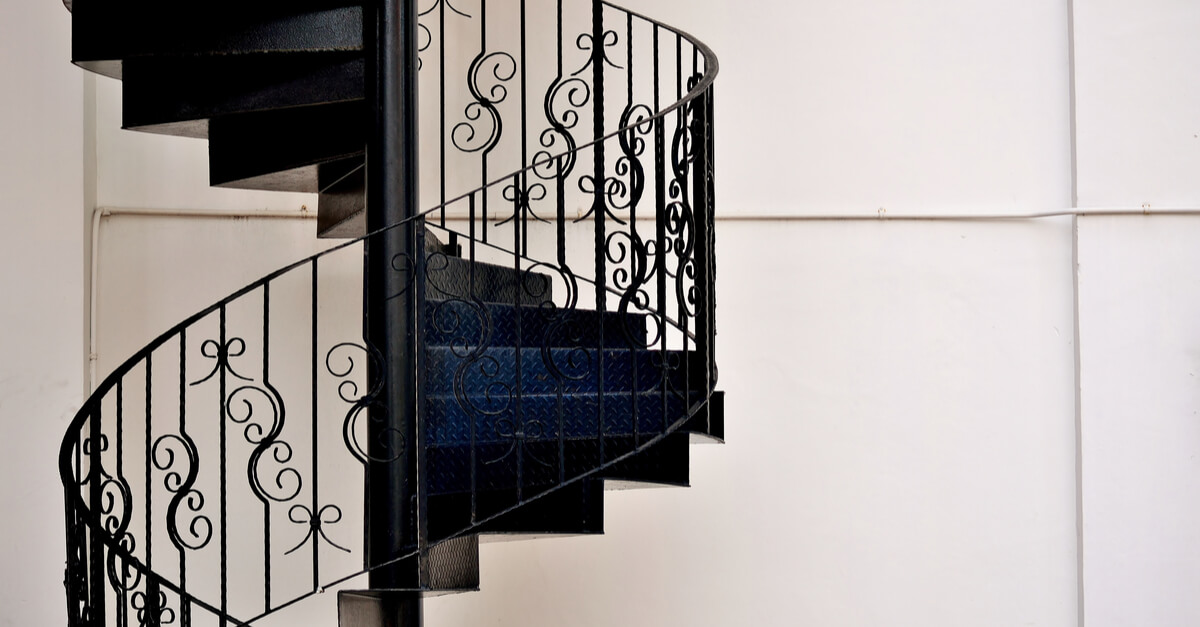Applying the Modernist Style to Your Home Decor

Thinking about changing your home decor? Or have you bought a new home and aren’t sure how to design your interiors? In today’s post, we are going to look at some modernist style ideas for your home.
Deep down, we all like to change our home and make it an interesting place that’s more than basic furniture and a boring decor style. So why not make your home into a space with innovative decor and replicate an artistic period at the same time?
The modernist style can work both indoors and out. And you don’t have to limit this artistic touch to just one room. You can use it for other parts of your home, even your exteriors.
The modernist style: historical dates
The modernist style, or modernism, started at the end of the 19th century and the beginning of the 20th century. Every country had its own name for it; for example, in France, they referred to the trend as “Art Nouveau” while it was called “Jugendstil” in Germany.

In Spain, the movement was known as “Modernismo” because it was considered a new form of art that broke through neoclassic standards while offering a renewed vision clearly inspired by nature.
It left academic formation behind and spurred artists to follow their creative freedom. The classic teachings gave way to imagination and free forms, and that was the end of realism.
— “The essential quality of the work of art is harmony, which is born from light, which gives relief, it decorates.” —
-Antoni Gaudí-
Modernism applied to decor
Modernism affects all areas of art but it impacts one particular form directly: architecture. Architecture solidifies modernism.
- Furniture is a fundamental aspect. The modernism technique can be expressed through tables, chairs, light fixtures, closets, etc.
- Stairs: you can apply modernism to architectural structures like stairs by decorating the steps or railings.
- Pictures: you can use pictures or paintings on your walls. And while you’re at it, why not decorate them with modernist subjects, like sketched natural shapes?
- Stained glass: glass is another interesting element to use. Stained glass and winding or curved lines would work great. They make decor and light very dynamic.

Modernist furniture
Furniture plays a big role in modernist decor. It can help develop style in home decor.
- Dining table and chairs: curved legs and backs. Forget about straight lines and look for a natural feel, as if your furniture grew directly out of nature itself.
- Mirrors: curved frames and no straight lines to suggest a winding flow. The right lines will help the mirror steal the show in any part of your home.
- Planted pots: you need plants, flowers, bonsai, etc. Aim to create a dialogue between these plants and the rest of your decor through natural ways.
- Picture frames: again, use curved shapes regardless of if they’re wood or iron.
Stairs: adding the modernist touch
Stairs are essential for any two-story home. But why not go modernist here, too? What can you do with them?

- Following Gaudí’s lead, you can use curved steps to simulate a waterfall. To do that, you have to purposely make the disproportionate. In other words, make the end part of the steps narrower than the center part.
- Wavy railings, wood or iron. You should aim to create natural movement that can draw all eyes.
Home exteriors
You can use other interesting elements to decorate your exteriors like columns, natural designs or freestanding structures that hang.
Try using curvy, elegant outer window frames. You could also match them to inner wooden frames.
Modernism is a style that boasts elegant and original details that are a far cry from classic trends. It’s left an important point in the history of interior design.
Thinking about changing your home decor? Or have you bought a new home and aren’t sure how to design your interiors? In today’s post, we are going to look at some modernist style ideas for your home.
Deep down, we all like to change our home and make it an interesting place that’s more than basic furniture and a boring decor style. So why not make your home into a space with innovative decor and replicate an artistic period at the same time?
The modernist style can work both indoors and out. And you don’t have to limit this artistic touch to just one room. You can use it for other parts of your home, even your exteriors.
The modernist style: historical dates
The modernist style, or modernism, started at the end of the 19th century and the beginning of the 20th century. Every country had its own name for it; for example, in France, they referred to the trend as “Art Nouveau” while it was called “Jugendstil” in Germany.

In Spain, the movement was known as “Modernismo” because it was considered a new form of art that broke through neoclassic standards while offering a renewed vision clearly inspired by nature.
It left academic formation behind and spurred artists to follow their creative freedom. The classic teachings gave way to imagination and free forms, and that was the end of realism.
— “The essential quality of the work of art is harmony, which is born from light, which gives relief, it decorates.” —
-Antoni Gaudí-
Modernism applied to decor
Modernism affects all areas of art but it impacts one particular form directly: architecture. Architecture solidifies modernism.
- Furniture is a fundamental aspect. The modernism technique can be expressed through tables, chairs, light fixtures, closets, etc.
- Stairs: you can apply modernism to architectural structures like stairs by decorating the steps or railings.
- Pictures: you can use pictures or paintings on your walls. And while you’re at it, why not decorate them with modernist subjects, like sketched natural shapes?
- Stained glass: glass is another interesting element to use. Stained glass and winding or curved lines would work great. They make decor and light very dynamic.

Modernist furniture
Furniture plays a big role in modernist decor. It can help develop style in home decor.
- Dining table and chairs: curved legs and backs. Forget about straight lines and look for a natural feel, as if your furniture grew directly out of nature itself.
- Mirrors: curved frames and no straight lines to suggest a winding flow. The right lines will help the mirror steal the show in any part of your home.
- Planted pots: you need plants, flowers, bonsai, etc. Aim to create a dialogue between these plants and the rest of your decor through natural ways.
- Picture frames: again, use curved shapes regardless of if they’re wood or iron.
Stairs: adding the modernist touch
Stairs are essential for any two-story home. But why not go modernist here, too? What can you do with them?

- Following Gaudí’s lead, you can use curved steps to simulate a waterfall. To do that, you have to purposely make the disproportionate. In other words, make the end part of the steps narrower than the center part.
- Wavy railings, wood or iron. You should aim to create natural movement that can draw all eyes.
Home exteriors
You can use other interesting elements to decorate your exteriors like columns, natural designs or freestanding structures that hang.
Try using curvy, elegant outer window frames. You could also match them to inner wooden frames.
Modernism is a style that boasts elegant and original details that are a far cry from classic trends. It’s left an important point in the history of interior design.
All cited sources were thoroughly reviewed by our team to ensure their quality, reliability, currency, and validity. The bibliography of this article was considered reliable and of academic or scientific accuracy.
Polo García, Victorino: El Modernismo. La pasión por vivir el arte, Barcelona, Montesinos Editor, 1987.







